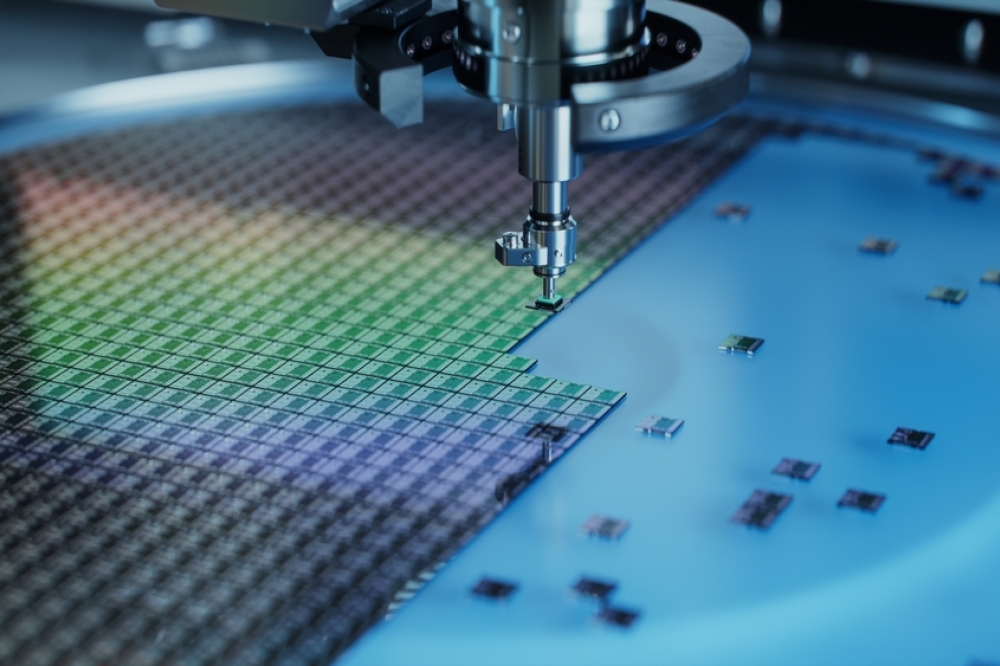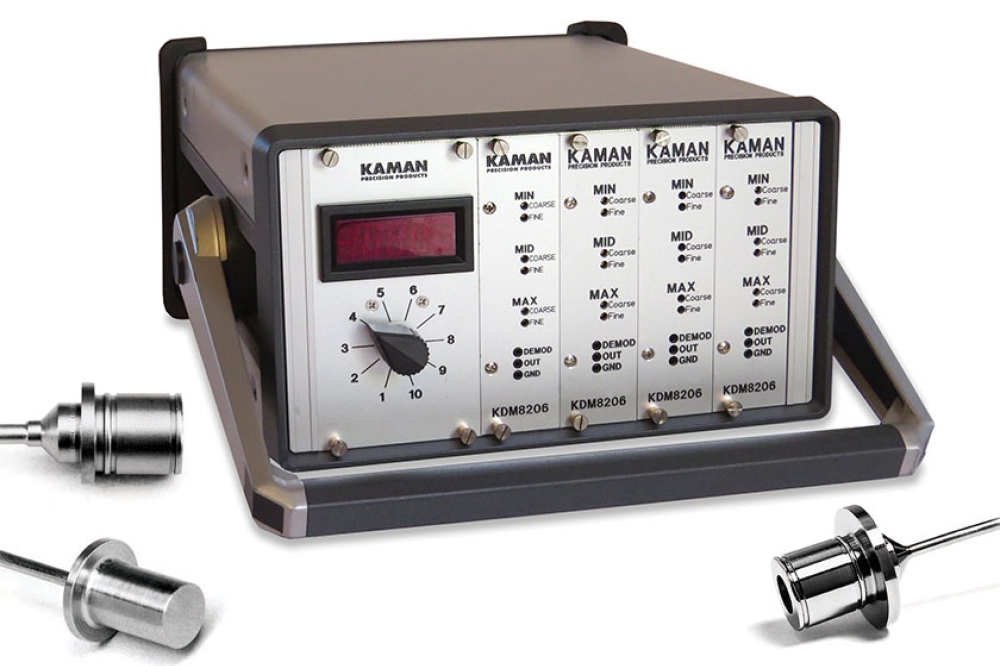Semiconductor memory market worth $354.5 billion by 2033

Future Market Insights says that the semiconductor memory market is anticipated to be worth US$ 172.0 billion in 2023 and is expected to rise to US$ 354.5 billion by 2033.
During the projection period, semiconductor memory sales are anticipated to grow at a strong CAGR of 7.5%.
The market's expansion is attributed to the surge in demand for memory and storage devices in next-generation connected cars and automotive safety systems.
Electronics frequently employ semiconductor memory. It is a particular class of semiconductor devices that stores digital data. Any piece of equipment with a processor or controller of any kind adopts the semiconductor memory.
Due to the surging data centers being built around the globe and the high storage needs of various enterprises, there may be an increase in demand for semiconductor-based memory devices.
The proliferation of colocation data centers and hyperscale data in industrialized nations is driving up demand for semiconductor memory, which in turn is driving up demand for connectivity, management, and storage of massive amounts of corporate data from mega facilities.
The market for semiconductor memory is expected to grow because of increasing smartphone saturation, technological advancements, increased use of and interest in smart gadgets, and other factors.
The substantial market introduction of mobile computing and solid-state drives (SSD) is projected to support the growth of the business globally. Furthermore, the expansion of businesses is significantly impacted by the growing demand in the electronics industry.
Key Takeaways:
• Recent years have seen a huge rise in the demand for smartphones, particularly in the Middle East and North America. The GSM Association estimates that 5.1 billion people worldwide, or 67% of the population, were mobile customers in 2018.
• Consumer electronics commanded the worldwide semiconductor memory market and held close to 35% of the market share based on application. With the increasing use of semiconductor memory in wearable technology, smartphones, and tablets around the world, the segment is predicted to present all market participants engaged in the value chain with enticing growth prospects.
• The Dynamic Random Access Memory (DRAM) sector, with a revenue share of more than 45%, dominated the market. The rise in demand is related to the development of artificial intelligence (AI) in smartphones, smartwatches, and laptops, which necessitates compatible memory products.
• With a value share of more than 45% in the global semiconductor memory market in 2022, the Asia Pacific region held the top spot. This is indicated by the rising investments in data centers in nations like Singapore, India, and Indonesia, which has led to a significant increase in the demand for semiconductor memory in the region.
Competitive Landscape:
Due to the prominently shifting consumer preferences, there is intense competition among industry competitors in the worldwide semiconductor memory market. Consumer expectations have radically changed as a result of the application of modern technologies in consumer electronics, automotive, IT & telecom, medical, and other sectors, boosting competition among players. To meet the increased customer expectations, market firms are also making huge investments in research and development. In turn, this expands their product line and strengthens their market position.

































